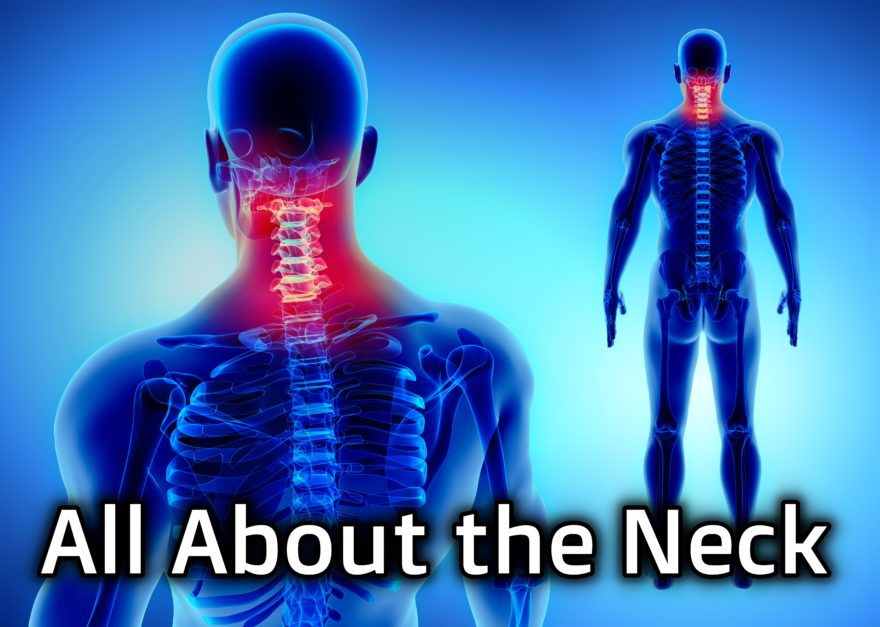Tag: sphenoid

All About the Neck
A comprehensive look at cervical biomechanics and exercise The Wu-Tang clan once said “Protect Ya Neck,” but how in the…
Course Notes: PRI Cervical Revolution
Where are all the People? I recently made the trek to Vermont for the first rendition of PRI’s Cervical Revolution…
Course Notes: The Last Craniocervical Mandibular Restoration Evahhhhh
You’d Think I’d Learn it the First Time Around You’d think, but CCM is one of the hardest PRI courses…
